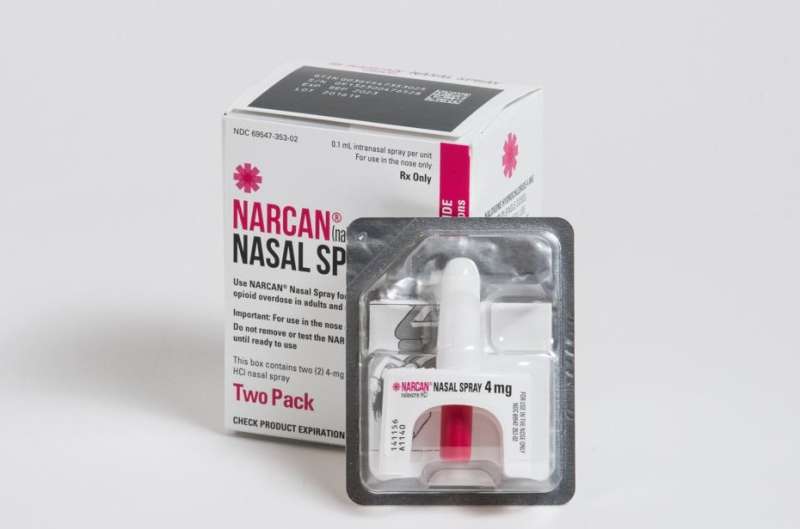This article has been reviewed according to Science X's editorial process and policies. Editors have highlighted the following attributes while ensuring the content's credibility:
fact-checked
trusted source
proofread
Enhancing a strategy to reduce opioid overdose deaths

In a study published in Harm Reduction Journal, a team led by CUNY SPH researchers examined why Connecticut's good Samaritan laws aren't working as intended to reduce opioid deaths.
Opioid overdose deaths have been rising nationally, with over 644,000 deaths since 1999, and a 61% increase in opioid-related deaths between 2019 and 2021. Connecticut has a notably high rate of drug-induced mortality, significantly above the national average, with a high proportion of these deaths involving opioids.
Good Samaritan laws are a harm reduction policy intended to facilitate a reduction in fatal opioid overdoses by enabling bystanders, first responders, and health care providers to assist individuals experiencing an overdose without facing civil or criminal liability.
In the study, CUNY SPH Ph.D. student Rachel L. Thompson, Associate Professor Nasim S. Sabounchi, and colleagues from Yale University and University of Pittsburgh Medical Center sought to understand the factors influencing bystander responses to opioid overdose in the context of Connecticut's good Samaritan laws and identify areas to improve their public health impact.
The researchers say the impact of these laws may be limited in many communities due to a lack of knowledge of protections under these laws, distrust in law enforcement, and fear of legal consequences among potential bystanders.
"The determinants of bystander behavior are complex, dynamic, and locally specific, requiring a systems perspective to fully understand and characterize," says first author Thompson.
"In our study, the contributions of individuals with lived bystander experience, first responders, and harm reduction experts have greatly enhanced our understanding of why Connecticut's good Samaritan laws are not as effective as we think they should be."
The study utilized systems science methods and group model building (GMB) to develop a system dynamics (SD) model for evaluating the impacts of the state's laws. GMB is a community-based, participatory approach to SD modeling, used to address complex social issues like health disparities, structural racism, stigma, and opioid use.
The team conducted six GMB workshops with community members, first responders, health care experts, and other stakeholders, aiming to build a shared understanding of factors influencing bystander responses to overdoses.
Findings from the study identified several feedback loops influencing bystander behavior and naloxone use, encompassing the interacting effects of first responder burnout, community trust in police, community participation in harm reduction, and linkages to treatment for opioid use.
Policy recommendations from the GMB workshops suggest improving naloxone access and use, expanding community-based harm reduction services, enabling safer drug use, and educating first responders and health care workers to reduce stigma. The study emphasizes the need for collaborative efforts across professional cultures to effectively address the opioid crisis.
"Overall, our study underscores the complexity of addressing opioid overdoses and the importance of systemic, multi-faceted approaches to enhance the effectiveness of good Samaritan laws and reduce opioid-related deaths," says Sabounchi.
More information: Rachel L. Thompson et al, Using qualitative system dynamics modeling to understand overdose bystander behavior in the context of Connecticut's Good Samaritan Laws and identify effective policy options, Harm Reduction Journal (2024). DOI: 10.1186/s12954-024-00990-3





















